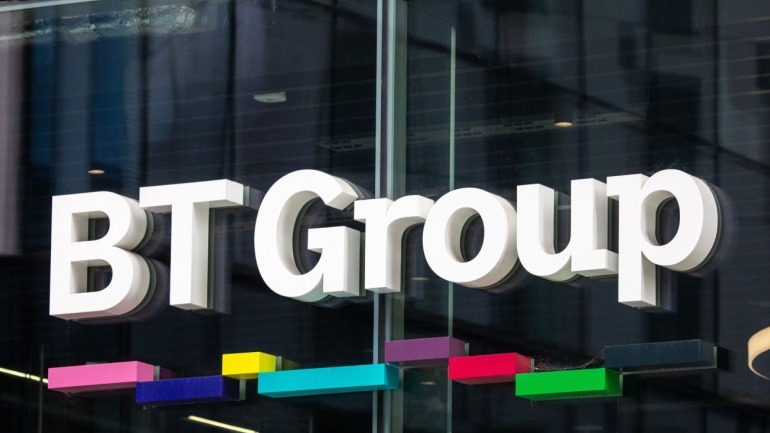BT is currently advancing its cost-saving efforts at full throttle. The company’s latest report for Q2 and H1 of the fiscal year 2025-26 reveals a trajectory of financial restructuring that exceeds expectations. A major driver of this progress is the strategic implementation of Artificial Intelligence (AI) across various domains of the business.
Peter Leukert, the new Chief Digital Officer, is spearheading these digital initiatives. His active involvement in AI deployment is expected to enhance efficiency further. In a parallel move, the reduction in the workforce is also contributing significantly to the company’s financial strategy. As BT Openreach and Business divisions face down-sizing, labor cost savings become a focal point.
The integration of AI into the company’s framework isn’t merely about cost-cutting. It extends to transforming how BT Consumer and other arms operate. This includes automating customer care, optimizing marketing efforts, and consolidating platforms to streamline operations. The endgame is a digitally-efficient, leaner organization capable of responding to market dynamics more effectively.
However, relying heavily on AI and job cuts raises concerns. AI’s wide deployment requires careful management to ensure it does not lead to unintended consequences, such as reduced service quality. Meanwhile, job cuts risk impacting employee morale and potentially loss of critical talent.
Despite these challenges, the fiscal momentum is palpable. Other areas like asset disposals, capital expenditure growth, and supply chain savings are keeping the transformation agenda on track.
The geographic scope of these changes is significant, primarily impacting the United Kingdom and Ireland. Simon Lowth and Allison Kirkby are key figures instrumental in guiding BT Group through this transition phase. Despite the hurdles, BT Digital is poised at an improvement start line, driven by powerful datasets and advanced AI tools.
In conclusion, BT’s current strategy underscores a critical period of change that, while promising significant gains, requires cautious navigation. As the company balances technological integration with workforce impacts, its ability to maintain service excellence and operational stability will be crucial to sustaining this forward momentum.







